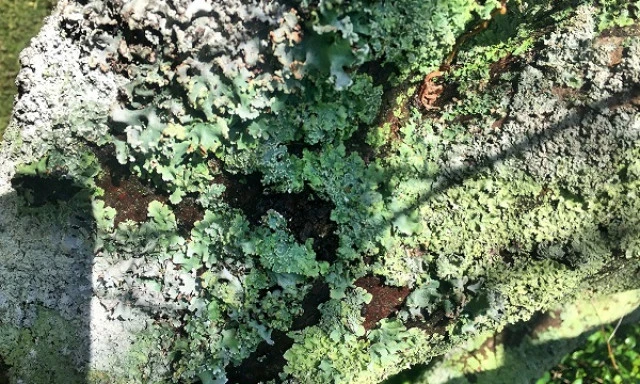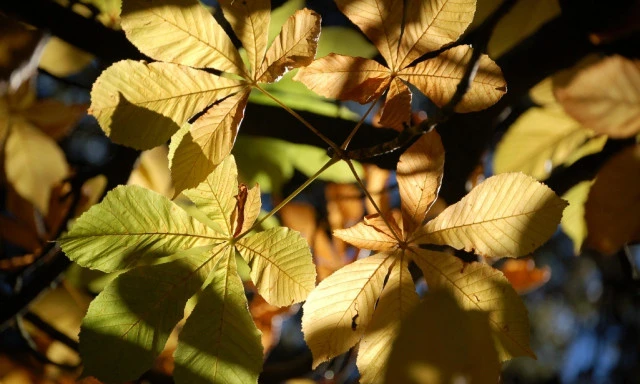Garden Co-operation
Symbiosis is any type of close, long-term, relationship between two organisms. These relationships can be split into different types depending on the benefit or harm of the relationship to each organism. It is also split into two groups; obligate or facultative depending on whether, respectively, one or more of the organisms cannot survive without the other or they can survive without the presence of the other.
Note: For some time it was argued that symbiosis should refer only to mutualism (benefit to both species), this argument has now been abandoned.
Symbiotic Relationships Between Species
Type | Effect on Species A | Effect on Species B | Examples |
Mutualism | Benefit | Benefit | Lichens are the mutualistic combination of algae or cyanobacteria living together with a fungus. The algae or cyanobacteria photosynthesise and use light to produce 'food' from the energy of the light to make sugars from carbon dioxide and water, which is shared with the fungus in return for nutrients the fungus obtains from the substrate and air. This is often an obligate symbiosis in that the relationship is so close the organisms cannot survive separately. There is some suggestion that some lichens are more like parasitism as the algae or cyanobacteria seem to benefit much more than the fungi. This serves to point to the fact that there is not a hard division between these types of relationship, but rather, there is a continuous spectrum from mutualism to competition. Another mutualistic relationship you will find in your garden is that between legume plants (beans, peas, clover and others) and the nitrogen-fixing bacteria, Rhizobia. In the nodules of the plant roots, the Rhizobia bacteria are able to take the nitrogen in the air and convert it to inorganic nitrogen compounds, such as ammonium, NH4+, which are then used to produce amino acids, nitrites and nitrates which can be used by the plant. In return, the Rhizobia obtain sugars as food from the plant and the nodule in which they survive. |
Competition | Harm | Harm | Broadleaf weeds and lawn grass compete in your lawn for light, water and nutrients. Neither (usually*) benefits from the other's presence and they generally would benefit from the other's removal. * They might benefit from the shelter of the other or from insect repellent properties of one or both (companion planting). |
Amensalism | Harm | No Effect | A young sapling growing in the shade under a large tree is harmed by the large tree as it may not get enough light and the roots of the large tree may out-compete the sapling for water and nutrients. But the large tree is unaffected by the sapling. |
Parasitism | Harm | Benefit | Sap sucking insects such as scale, aphids, mealybugs and thrips harm the plants they suck the sap from and gain the benefit of the sugary sap as their supply of food and water. |
Neutralism | No Effect | No Effect | This would be an unusual symbiosis as there is usually some benefit or harm to a species living in close association with another. |
Commensalism | No Effect | Benefit | Trees may have lichen or moss growing on the bark of the trunk and limbs. In this case, the moss and lichen benefit from being lifted up into the air where they more easily access light and nutrients from the rain and air but they have no effect on the tree. |
Have a look around your garden, you may be surprised by how many symbiotic relationships you find.
David Brittain
Kiwicare


